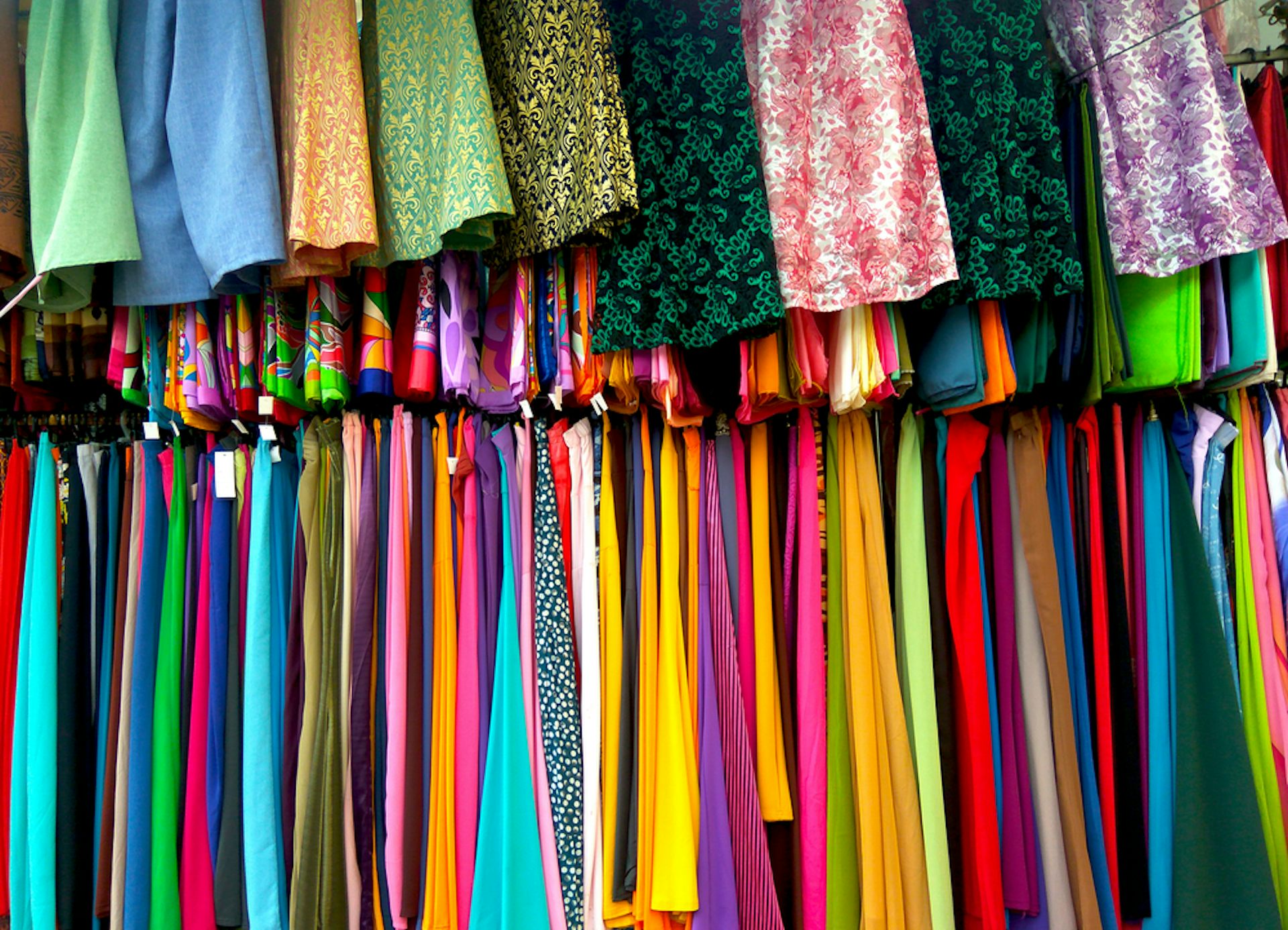Traditional textile techniques have londaspa.com been a source of inspiration for fashion designers worldwide, offering an exciting blend of old-world charm and modern innovation. The resurgence of these age-old crafts in ceepoker.com contemporary fashion is not only about celebrating cultural heritage but esearchindia.com also about promoting sustainable practices.
The beauty bracmobility.com of traditional textiles lies in their intricate designs, painstaking craftsmanship, and unique regional influences. Every motif tells a story; every weave encapsulates centuries-old traditions. These textiles are the epitome of slow fashion – they are created with time, patience, and skills passed down through generations.
One such example is the ancient Japanese technique called Shibori. This resist-dyeing process creates beautiful patterns energyinvestmentbanking.com on fabric by folding, twisting or bunching cloth and binding it before dyeing. Its modern interpretation can be seen in numerous collections where designers epcethanol.com have used Shibori to create stunning effects on dresses, skirts, tops and even accessories.
Similarly, Indian handloom techniques like Ikat weaving and Bandhani tie-and-dye have found their way into high-end couture as well as street style outfits across the globe. These techniques involve meticulous planning and precision to create distinctive blurred or speckled patterns that add depth to any garment.
In Africa too, traditional textile arts like Mud Cloth (Bogolanfini) from Mali or Kente weaving from Ghana are influencing modern fashion trends significantly. These vibrant fabrics with bold geometric designs make for striking statement keralaproposals.com pieces that embody strength and resilience.
Moreover, this revival goes beyond aesthetics. It’s also about sustainability – a topic that has become increasingly important in today’s herbaldoctorremedies.com fast-fashion dominated world where clothes are mass-produced at an alarming rate causing environmental damage. Traditional textile techniques are inherently sustainable as they rely on natural materials like cotton or silk that biodegrade over time unlike synthetic fabrics which contribute to microplastic pollution when washed.
Also noteworthy is how these traditional methods empower artisans by providing them with livelihoods while preserving their rich cultural heritage for future generations. This ethical aspect of traditional textiles is another reason why they are gaining popularity among conscious consumers who value transparency and fairness in their purchases.
In conclusion, the influence of traditional textile techniques on modern fashion is a testament to the timeless appeal and relevance of these crafts. They offer an authentic, sustainable and ethically sound alternative to mass-produced clothing while adding depth and character to our wardrobes. As more designers embrace these artisanal methods, we can look forward to a future where fashion is not just about looking good but also about doing good – for people and the planet.




